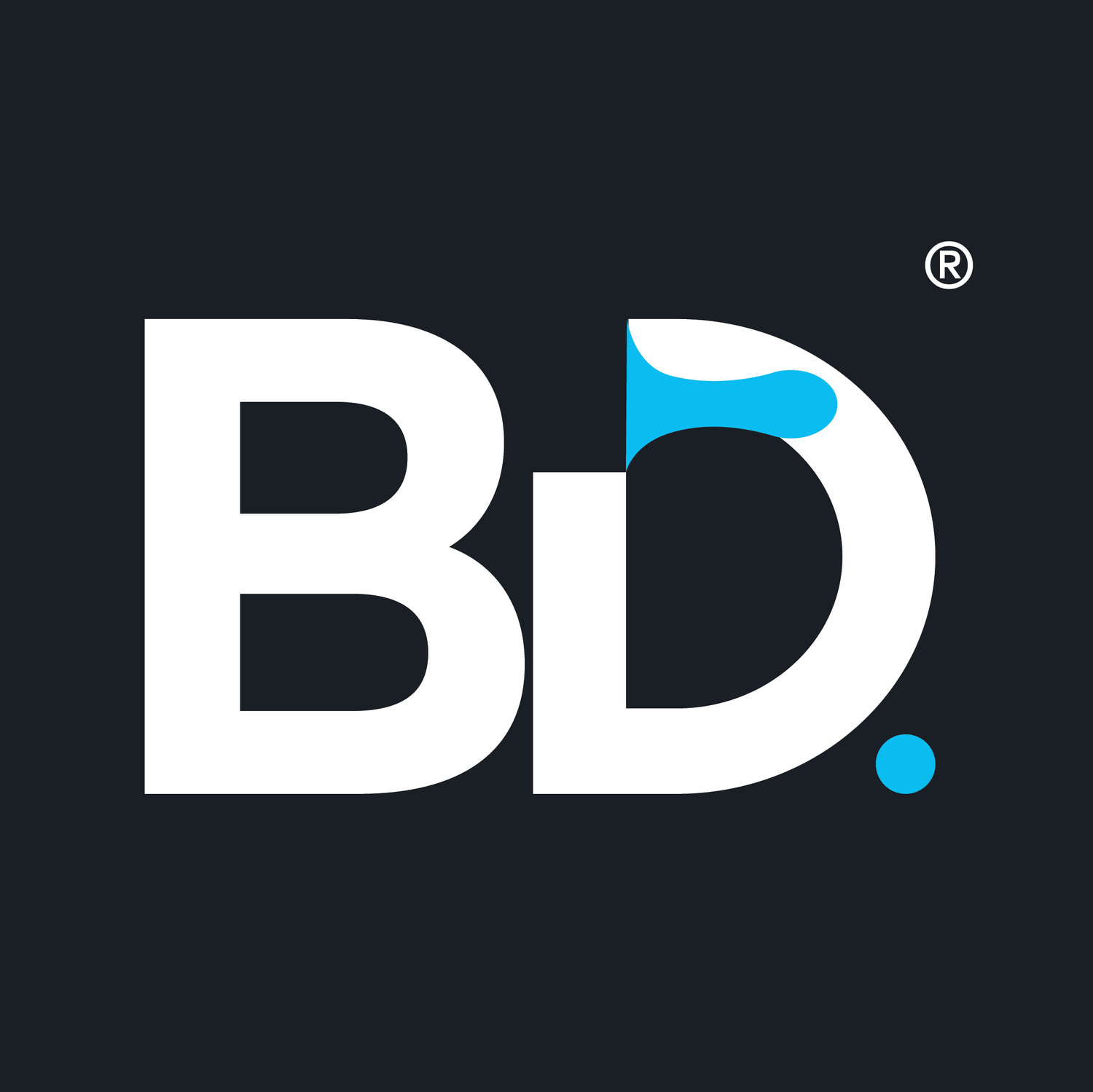Staying Afloat in the Digital Ocean: How to stay relevant as a Business?
Licensed by adobestock
The internet isn't just a tool; it's a living, breathing ecosystem. For businesses, staying relevant in this dynamic environment is no longer optional – it's a matter of survival. The digital landscape shifts rapidly and continuously, with new technologies, innovative trends, and evolving consumer behaviors emerging constantly. To thrive in this dynamic environment, businesses must not only adapt but also innovate, while consistently demonstrating their unique value to a discerning and increasingly discerning online audience.
Understanding the Shifting Sands of Digital Relevance
Relevance online is more than just having a website or social media. It's about:
Meeting Evolving Customer Expectations: Consumers are more informed and demanding than ever. They expect personalized experiences, seamless interactions, and instant gratification.
Adapting to Technological Advancements: AI, machine learning, and automation are reshaping industries. Businesses must embrace these technologies to stay competitive.
Navigating Algorithm Changes: Search engines and social media platforms constantly update their algorithms, impacting visibility and reach. Businesses must stay informed and adapt their strategies accordingly.
Building Authentic Connections: In a world saturated with information, consumers crave genuine connections with brands they trust.
1. Strategies for Staying Relevant in the Digital Age
Here's a roadmap for businesses seeking to maintain relevance in the ever-evolving internet world:
Focus on the Customer:
Understand Your Audience: Research your target audience's needs and online habits. Use data to tailor your marketing.Deliver Great Customer Experiences: Ensure customer satisfaction at all points of contact. Provide smooth online interactions, quick support, and personalized suggestions.
Collect and Use Feedback: Ask for customer opinions through surveys and social media. Use this feedback to enhance your products and services.
2. Leverage the Power of Content Marketing:
Create Valuable and Engaging Content: Develop high-quality content that provides value to your audience. This could include blog posts, videos, infographics, and podcasts.
Optimize Content for Search Engines: Implement SEO best practices to ensure your content is discoverable by search engines. Use relevant keywords, create compelling meta descriptions, and build high-quality backlinks.
Share your content on your website, social media, and email newsletters. Adjust it for each platform to boost engagement. Use more video content, as it is highly sought after and should be a key part of your strategy.
Run Social Media Ad Campaigns: Use targeted social media ads to reach new audiences and promote your products or services.
Choose the Right Platforms: Focus on the social media platforms where your target audience is most active.
Focus on video content: Video is in high demand, and should be a large part of your content strategy.
3. Foster Authenticity and Transparency:
Be Genuine and Transparent: Share your brand's story, values, and mission with your audience. Be honest and transparent in your communications.
Build Trust with Your Audience: Deliver on your promises, provide excellent customer service, and address any concerns promptly. Engage with Your Audience: Respond to comments and messages, participate in relevant conversations, and build a community around your brand.
Utilize Social Media Analytics: Track your social media performance and use data to optimize your strategies.
Encourage User-Generated Content: Encourage your customers to share their experiences with your brand on social media.
4. Adapt and Innovate Continuously:
Monitor Industry Trends: Stay informed about the latest trends and developments in your industry.
Experiment and Iterate: Don't be afraid to experiment with new strategies and technologies. Track your results and iterate based on what works.
Embrace Change: The internet world is constantly evolving. Be prepared to adapt your strategies and embrace change.
In today's digital world, staying relevant is a process, not a goal. By focusing on customers, using content marketing, keeping up with technology, maintaining a solid social media presence, being genuine, and adapting regularly, businesses can successfully thrive online. Let’s take a closer look at two prominent brands, Versace and Uniqlo, as prime examples, and explore the two key strategies that they have employed in order to achieve significant success in the competitive fashion industry:
Licensed by adobestock
Versace:
1. High-End Digital Experience and E-commerce Integration:
Versace prioritizes a luxurious online experience that mirrors its physical boutiques. Their website and e-commerce platforms feature high-quality visuals, seamless navigation, and personalized customer interactions. This reinforces their brand's exclusivity and caters to the expectations of their affluent clientele.
They leverage technologies like AI to enhance the shopping experience with personalized product recommendations.
2. Platform-Specific Social Media Strategy and Influencer Collaborations:
Versace tailors its social media content to each platform (Instagram, TikTok, etc.), using visually stunning imagery and engaging content to connect with its audience.
They strategically partner with high-profile influencers and celebrities to amplify their brand's reach and maintain its status in the luxury fashion world.
Uniqlo:
1. Emphasis on Digital Integration with Product Innovation:
Uniqlo uses digital platforms to highlight the technological innovation behind its products, such as HeatTech and AIRism. They use digital storytelling to explain the science and benefits of these technologies, driving consumer interest.
They use digital platforms to showcase their product functionality.
2. Omnichannel Customer Experience and Digital Engagement:
Uniqlo focuses on creating a seamless omnichannel experience, integrating its online and offline presence. They use digital tools to enhance the in-store experience, such as self-checkout and digital displays.
They use digital marketing to drive in store sales.
They engage in digital marketing that creates interactive customer experiences.
In essence, Versace focuses on maintaining its luxury image through a refined digital presence and leveraging social media influence, while Uniqlo emphasizes product innovation, technological integration, and a consistent omnichannel customer experience.
References:
https://jingdaily.com/posts/amid-a-luxury-retail-slump-versace-turns-to-the-digital-world
https://blucactus.blue/versaces-marketing-strategy/
Need help in these areas of your business?
Consult and hire Bright Design Studio to assist you with your specific needs, employing the right tools and tailored strategies designed to help you succeed in achieving your goals effectively and efficiently!



